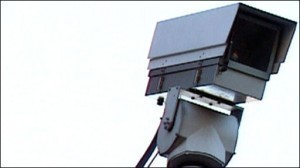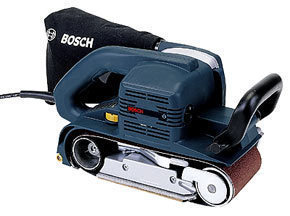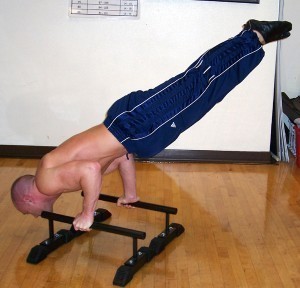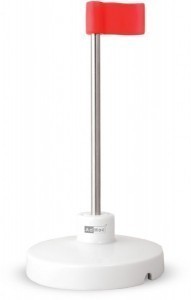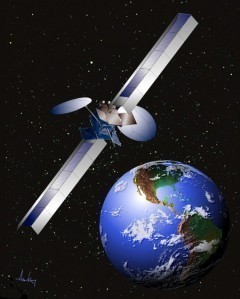Tuning Fork Dimensions
Defined as an acoustic reson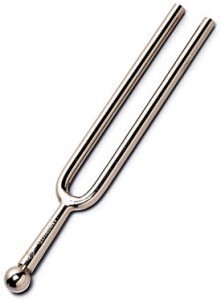 ator, a tuning fork comes with a two-pronged fork. The tines or prongs are made from a bar of elastic metal, which was shaped into ‘U’ form. It is used by striking it with an object or against a surface. When set vibrating, it resonates at a particular pitch that is constant. After this, wait for some time and then allow high overtones to fade until a pure musical tone is emitted. Aside from these interesting facts, there are more to learn about it including the different tuning fork dimensions.
ator, a tuning fork comes with a two-pronged fork. The tines or prongs are made from a bar of elastic metal, which was shaped into ‘U’ form. It is used by striking it with an object or against a surface. When set vibrating, it resonates at a particular pitch that is constant. After this, wait for some time and then allow high overtones to fade until a pure musical tone is emitted. Aside from these interesting facts, there are more to learn about it including the different tuning fork dimensions.
The Dimensions of a Tuning Fork
Using a standard ruler, a tuning fork has a length measuring approximately 4 inches to 4.5 inches. Measuring from the inside, each tine is about 3.3 inches long. From the outside, each tine has a length of about 3.5 inches. The distance between each tine measures close to 0.28 inch.
Additional Facts and Other Interesting Details
A tuning fork can produce a particular kind of pitch depending on the length of its prongs. It generates a standard of pitch, which is then used to tune different kinds of musical instruments. A British musician named John Shore is credited for the invention of the tuning fork.
This acoustic resonator was invented in 1711, when Shore played the role as Sergeant Trumpeter to the court. As part of his responsibility, he worked together with renowned English Baroque composer Henry Purcell as well as the highly skilled German-English Baroque composer named George Frideric Handel.
The fork shape design is very important because it creates a tone that is very pure. Using this device, the energy produced by the vibration is at the fundamental frequency while a small amount of this energy is at the harmonics or overtones. This is true for all types of resonators. Once you strike the fork, a relatively small amount of energy is set into overtone modes. This pure tone produced by the device makes it easier to tune the instruments.
Although this device is traditionally used to tune different types of musical instruments, it also serves a number of different functions. Now, it is also used to calibrate a radar gun, which is a device designed to measure the speed of balls or cars. It also plays a very important role in medicine, especially by assessing the sense of hearing. Furthermore, it can also be used to examine the peripheral nervous system. In alternative medicine, this instrument plays an important part in polarity therapy and sonopuncture.
